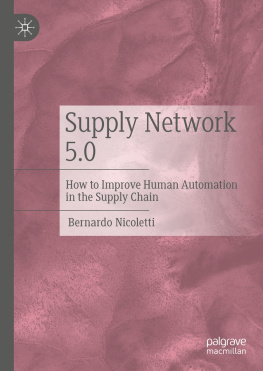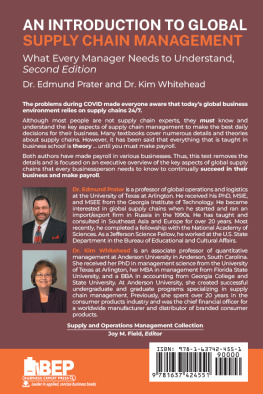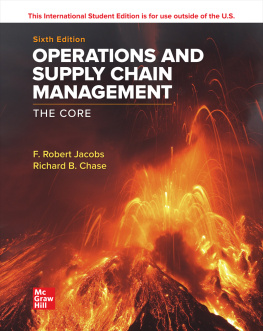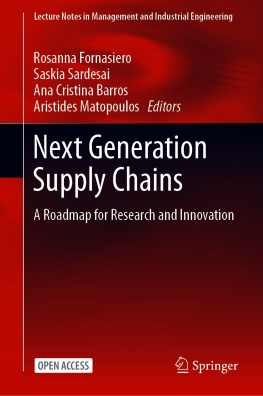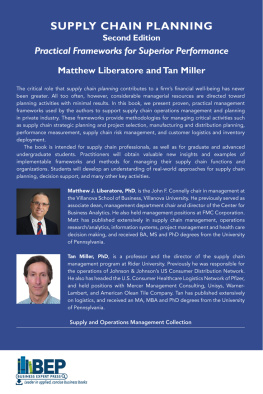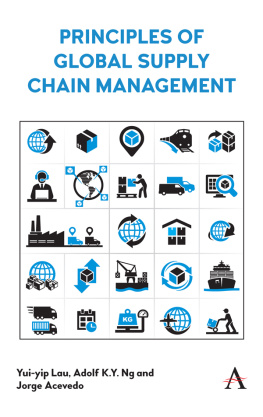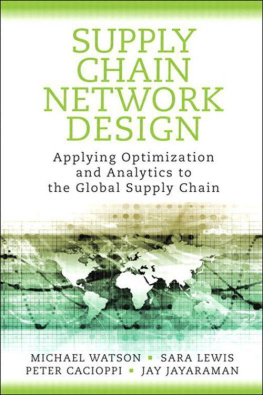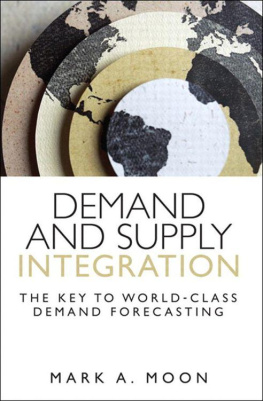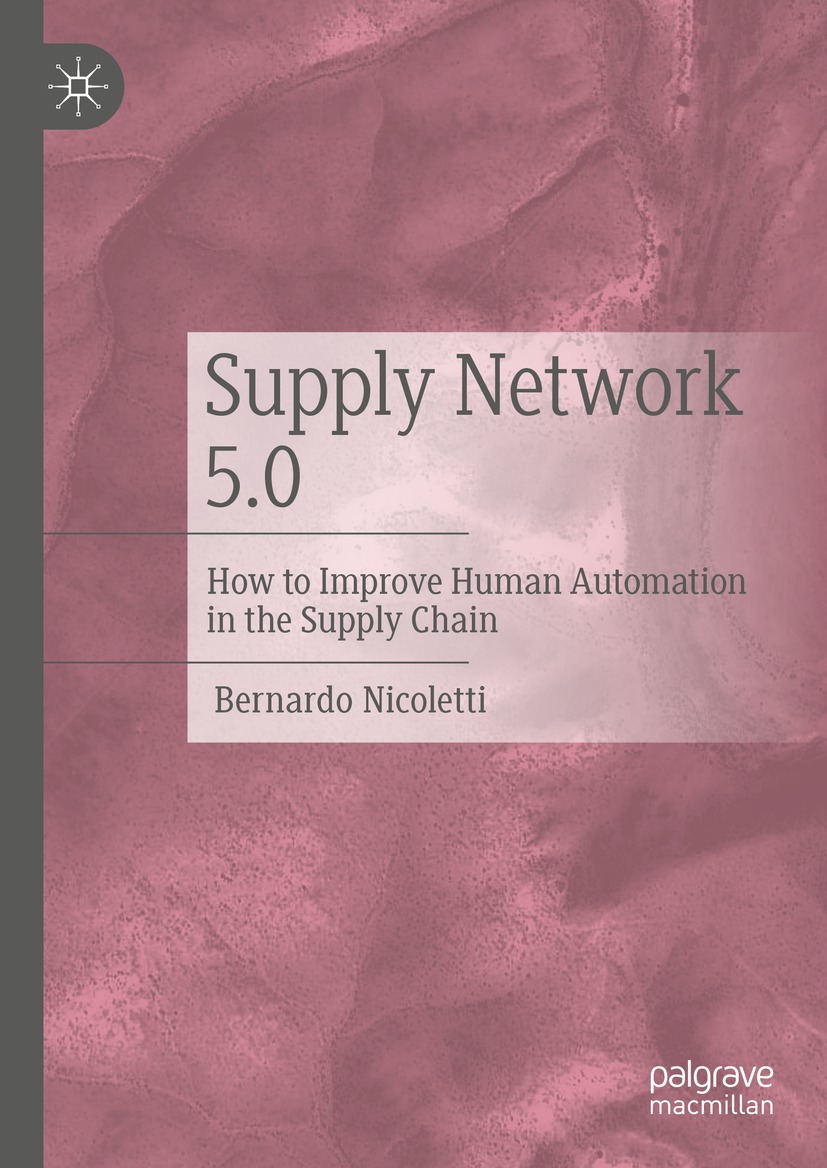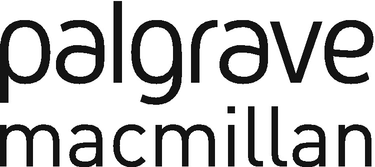Bernardo Nicoletti
Business Department, Temple University, ROMA, Roma, Italy
ISBN 978-3-031-22031-9 e-ISBN 978-3-031-22032-6
https://doi.org/10.1007/978-3-031-22032-6
The Editor(s) (if applicable) and The Author(s), under exclusive license to Springer Nature Switzerland AG 2023
This work is subject to copyright. All rights are solely and exclusively licensed by the Publisher, whether the whole or part of the material is concerned, specifically the rights of translation, reprinting, reuse of illustrations, recitation, broadcasting, reproduction on microfilms or in any other physical way, and transmission or information storage and retrieval, electronic adaptation, computer software, or by similar or dissimilar methodology now known or hereafter developed.
The use of general descriptive names, registered names, trademarks, service marks, etc. in this publication does not imply, even in the absence of a specific statement, that such names are exempt from the relevant protective laws and regulations and therefore free for general use.
The publisher, the authors, and the editors are safe to assume that the advice and information in this book are believed to be true and accurate at the date of publication. Neither the publisher nor the authors or the editors give a warranty, expressed or implied, with respect to the material contained herein or for any errors or omissions that may have been made. The publisher remains neutral with regard to jurisdictional claims in published maps and institutional affiliations.
This Palgrave Macmillan imprint is published by the registered company Springer Nature Switzerland AG
The registered company address is: Gewerbestrasse 11, 6330 Cham, Switzerland
Foreword
I have studied and researched: operations and supply chain management. In the last few years, my interests have been very much in artificial intelligence (AI), machine learning , sustainability, and agility. When Bernardo asked me to write the foreword for his book on supply network 5.0, I was perplexed. After reading some chapters of his manuscript, I found it extremely interesting and was able to generate challenging ideas.
The supply network 5.0 approach can provide integrated Human Automation Machine Collaboration (HAMC) solutions to address emergent challenges. This approach requires a systematic consideration of a human-centric approach, advanced solutions (like AI), sustainability, and agility. Specifically, HAMC professionals should take a leading role in the human-centered design of the supply network 5.0 framework by providing explainable, comprehensible AI and useful, usable AI. Supply network professionals can also contribute to ethical AI design and AI technological enhancement. This book marries very well with the lessons to be learned and actions to be taken from my research.
The deep involvement of the HAMC community in these areas has yet to be fully realized but is necessary and urgent. To provide full disciplinary support for HAMC solutions, the work of the HMAC community should include research on human-machine integration/teaming, user interface (UI) modeling and HMAC design, transference of operations theories, enhancement of existing methods, and development of HMAC design standards. HMAC professionals should proactively participate in AI research and development to increase their influence, enhance AI knowledge, and integrate methods between the two fields to promote practical cooperation. It is crucial to research the applications of these theories to specific segments, like supply networks, as in Bernardos book.
Human-automation-machine interactions, mainly based on artificial intelligence and physical robots, are becoming a trend in the manufacturing industry. However, the development of the operations also demands effectiveness and flexibility in operations. The book by Bernardo moves in this direction by analyzing most of these ideas in the supply network.
Enterprise management theories about the so-called Industry 5.0 organization currently face a significant funding gap. Digital transformation has originated relevant advancements in Industry 5.0 research, which allows discussing Industry 5.0 organizations for the first time as business realities in which humans and automation, especially robotic process automation systems and artificial intelligence tools, cooperate in executing operations or support decision-making in sustainable and agile ways.
This book presents an extended Supply Chain Operations Reference (SCOR) design implementation for achieving a unified experience in advanced solutions. It aims to enhance comprehensively current design approaches (for instance, user-centered design, or UCD, approach) in delivering digital solutions to supply network organizations. It considers business process design in an integrated way; integration of design across data, platform, devices, and applications; and finally, sustainability and agile design that best allocates capabilities between humans, automation, and machines.
From the point of view of the supply network solutions, the book and the case studies presented on implementing the extended SCOR design approach provide supporting evidence. The book contains quantitative metrics demonstrating the return on investment regarding operational and unified experience benefits. Implementing the Industry 5.0 design approach requires a mindset change among operations managers and operators. They need to approach design from an end-to-end experience perspective, considering business processes, integration, and intelligent design in the early stages instead of employing the traditional approach that focuses on the interaction design portion of a solution. Additionally, supply network professionals need to seek more opportunities for collaboration across different disciplines.
This book aims to determine how an Industry 5.0 organization can be defined and its fundamental elements in the case of the supply network. Specifically, it investigates the pillars of Industry 5.0 enterprises: automation and humans, and the core objectives and outcomes. To provide an exhaustive overview, the book proposes a new conceptualization of the business model of an Industry 5.0 organization based on an extended SCOR framework. Ultimately, the study of Industry 5.0 organizations aims to discover how they are evolving in the new normal phase due to the disruptive events generated by the spread of the pandemic and the new socio-political-economic environment.
I suggest reading this book from start to end or going through some chapters, learning the proposed approach, and researching or applying its concepts and tools. This reading will help you in your professional and personal life.
Subodha Kumar
November 20, 2022
The book focuses on some robust solutions to successfully support organizations engaging in an entire industry 5.0 transformation of their supply network.
This book contains different sections. The first two mainly address theoretical aspects of analyzing modern supply networks and selecting the ASCM SCOR framework as a preferred reference model, with a clear focus on the concept of industry 5.0 in business and its most enhancing solutions.

